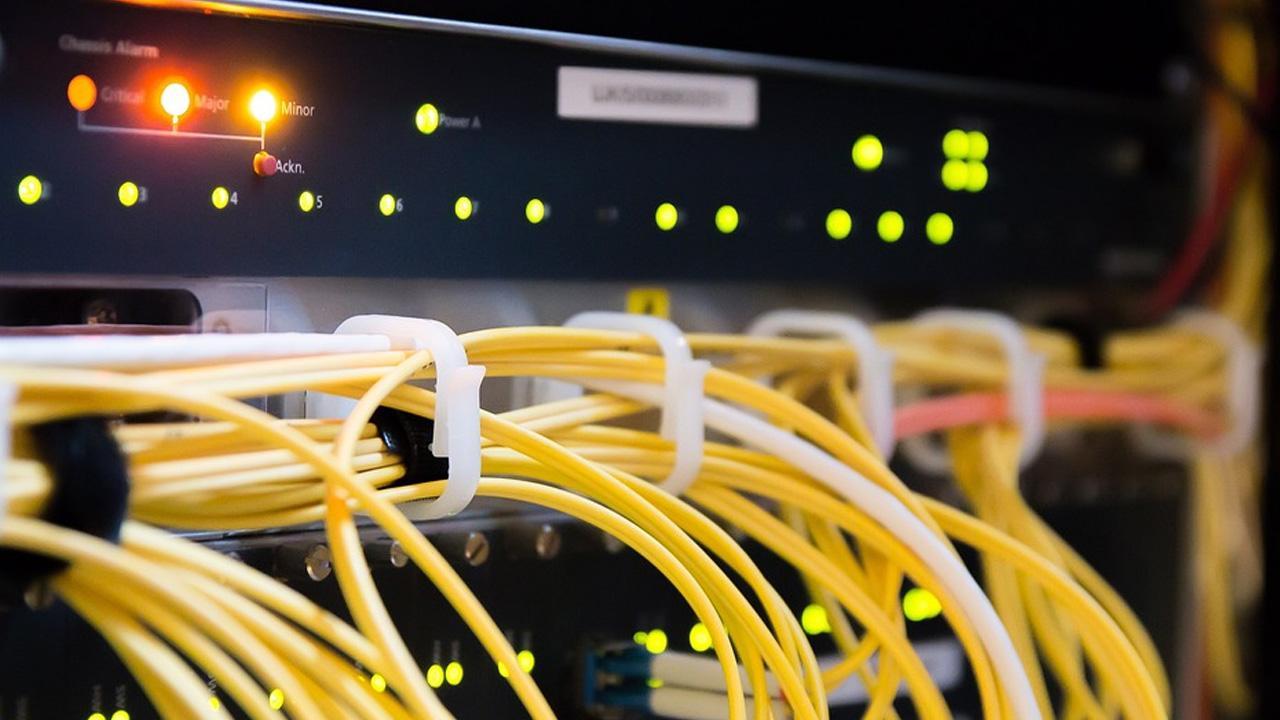Switching your Internet Service Provider (ISP) is a time-consuming process. It might be stressful to locate the best provider and plan for your needs when you may be seeking something speedier or cheaper.

Even though this is typically thought of as a hassle, it's worthwhile. You may benefit from a better internet connection and experience by looking for a different ISP and then changing service providers. After all, the buffering icon is annoying when you have a pressing deadline to meet or simply need to know what occurs in the upcoming TV show.
Determining the quality of your existing ISP and selecting a new one in your location, and finally organizing a successful switch are the three steps to changing internet service providers. Click here if you want to enjoy the best internet deals by one of the top ISPs in the U.S.
ADVERTISEMENT
In this article, we will be sharing how you can switch your ISP efficiently and conveniently.
Let’s begin!
Determine Your Internet Requirements
The first stage in assessing your internet requirements is identifying which types of internet connections can best suit those requirements. Although having more speed is always enjoyable, the speeds you require will primarily rely on your internet usage.
Here is how much speed you will need for different types of online activities:
1. Casual online browsing and social media: These activities don't call for a lot of speed. Up to 25 Mbps should be plenty, with the higher end of the range leaving you some leeway to occasionally stream a movie.
2. HD video streaming: In theory, you require about 5 Mbps for HD, 25 Mbps for 4K on Netflix, and roughly twice that for YouTube.
3. Online gaming: Depending on the requirements of the game, gaming only needs speeds of 3 to 6 Mbps, but lag can be an issue. Online players should establish a connection at 50 to 100 Mbps or more for the smoothest performance.
The recommendations above are for one or two devices that are connected at the same time. Follow the above recommendations if you have a tiny household.
Choose a faster connection if your household has numerous gadgets or if you have an internet-connected smart home. For instance, the above-mentioned HD streaming speeds are per device. Each connection requires lots of speed if your family watches different movies in various locations throughout the house. Select a connection with a minimum of 150 to 200 Mbps.
Different Types of Internet Connections Serve Different Purposes
It is important to understand the different types of internet out there so that you know which type serves best your internet needs:
1. Fiber-Optic: Fiber-optic internet uses cables that are bundled together from fibers to transmit data as light signals. It is a popular option for people with smart homes and those looking to future-proof their internet connection because it delivers speeds of up to 1,000 Mbps (1 Gbps) for both downloading and uploading.
2. Cable: With the help of certain channels on the cable network, cable internet shares the same network as cable TV. The typical cable download speed is 200 Mbps, and several providers currently offer 1,000 Mbps. However, unlike fiber, upload speeds are slower than download speeds since service providers give priority to the online activities we engage in the most. Except in relatively rural regions, cable internet is readily available throughout the U.S.
3. Digital Subscriber Line, or DSL: DSL internet leverages the extra bandwidth on your regular home phone line. Service quality fluctuates depending on how far you are from the nearest access point, but it doesn't take up the full line. Although some locations offer download speeds of up to 100 Mbps, speeds under 10 Mbps are more common, particularly in rural areas. If you currently have a landline home phone, DSL may be a very economical option.
4. Satellite: If you reside in a very distant place, satellite internet can be your only choice.
Satellite internet isn't known for its efficiency compared to fiber or cable internet due to its significant latency. The fact that satellite internet is available nationwide is its best feature.
Cost
Your budget is one of the most significant considerations when selecting an ISP. You should consider whether there are any setup fees for the service before switching to a new supplier.
If you want to cut costs, find out about:
1. Bundles with other services
2. Long-term contracts at a discounted rate
3. Welcome discounts upon registration
4. Low-cost internet accounts
5. Substitutes for free or inexpensive internet
Go Over Your Current Contract
Read the tiny print of the agreement you signed with your previous provider before you start your switch to a new internet service.
Although contracts are not required by all service providers, you might have signed one to get a better rate on your internet subscription. For instance, a lot of ISPs provide discounted two-year contracts. There may be consequences for terminating the agreement early, such as a cancellation fee.
The cost of terminating your internet service, also referred to as the Early Termination Fee (ETF), will change based on your provider and the conditions of your contract. Some plans have a higher ETF if you break the contract during the first year, while other providers could charge you a prorated price according to how much time is left on the contract.
You might be considering an ETF for anywhere from $15 to $500. Some service providers are prepared to pay for an ETF if you switch to their plan. You might wish to take this into account while switching ISPs.
When canceling, you might want to think about if you need to return a router or modem. You can incur additional fees if you never return the equipment or if you do so late.
All in All
You can begin comparing ISPs once you have decided what you require in terms of speed, connection, cost, and availability.
The first step is to research the options in your neighborhood. You can have a lot of choices or only a few. Don't forget to take smaller providers into account. Even while they may not be household names, they still offer first-rate services at reasonable prices.
 Subscribe today by clicking the link and stay updated with the latest news!" Click here!
Subscribe today by clicking the link and stay updated with the latest news!" Click here!








